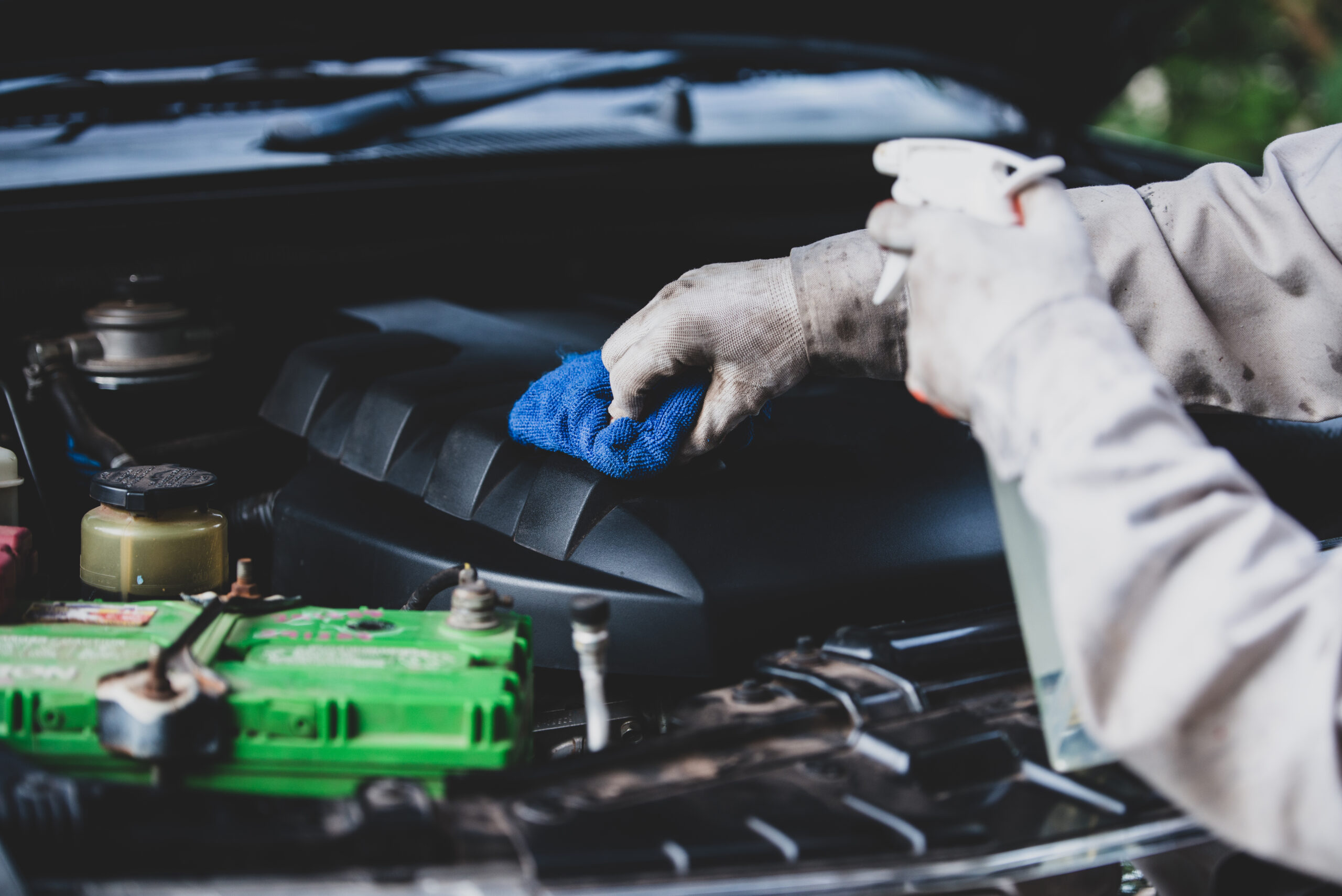Coolant, also known as antifreeze, is a crucial component of your car’s cooling system. Regularly changing the coolant is essential for maintaining your vehicle’s engine performance and preventing overheating. In this step-by-step guide, we will walk you through the process of changing the coolant in your car.

Step 1: Gather Materials and Tools
Before starting, make sure you have the following materials and tools on hand:
– New coolant (check your car’s manual for the correct type)
– Distilled water
– Funnel
– Drain pan
– Rags or paper towels
– Safety glasses and gloves
– Wrench or socket set
Step 2: Prepare Your Car
Park your car on a level surface and let the engine cool down completely. Open the hood and locate the radiator cap. Place a drain pan underneath the radiator to catch the old coolant.
Step 3: Drain the Old Coolant
Locate the radiator drain plug at the bottom of the radiator. Use a wrench or socket to loosen the drain plug and allow the old coolant to drain into the pan. Make sure to properly dispose of the old coolant according to local regulations.
Step 4: Flush the System
Once all the old coolant has drained, flush the system with water to remove any remaining residue. Pour distilled water into the radiator, replace the radiator cap, and start the engine. Let the car run for a few minutes to circulate the water through the system.
Step 5: Refill with New Coolant
Once the system is flushed, turn off the engine and allow it to cool. Remove the radiator cap and use a funnel to slowly pour the new coolant into the radiator. Mix the coolant with distilled water according to the manufacturer’s recommendations.
Step 6: Bleed the System (if necessary)
Some cars may require you to bleed the cooling system to remove air pockets. Consult your car’s manual for specific instructions on how to bleed the system.
Step 7: Check the Coolant Level
After refilling the radiator, check the coolant level in the overflow reservoir. Make sure the level is between the minimum and maximum marks.
Step 8: Test Drive
After replacing the coolant, take your car for a test drive to ensure everything is running smoothly. Monitor the temperature gauge to make sure the engine is not overheating.
Conclusion:
By following this step-by-step guide, you can easily change the coolant in your car and keep your engine running smoothly. Remember to consult your car’s manual for specific instructions and recommendations. Regular coolant changes are an important part of car maintenance and will help prolong the life of your vehicle’s engine.

